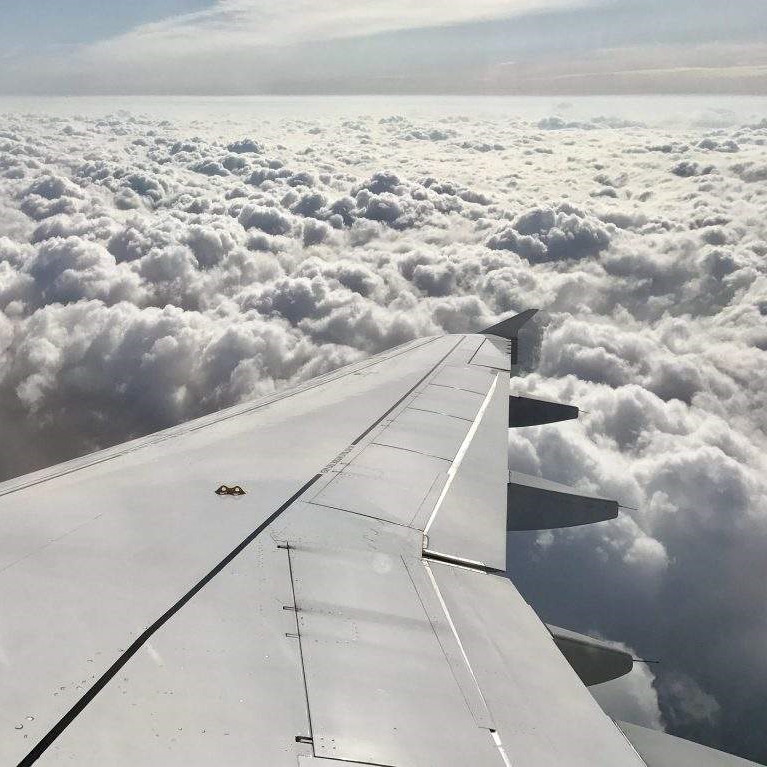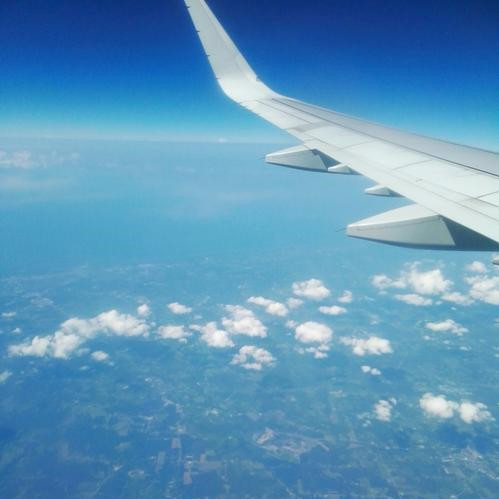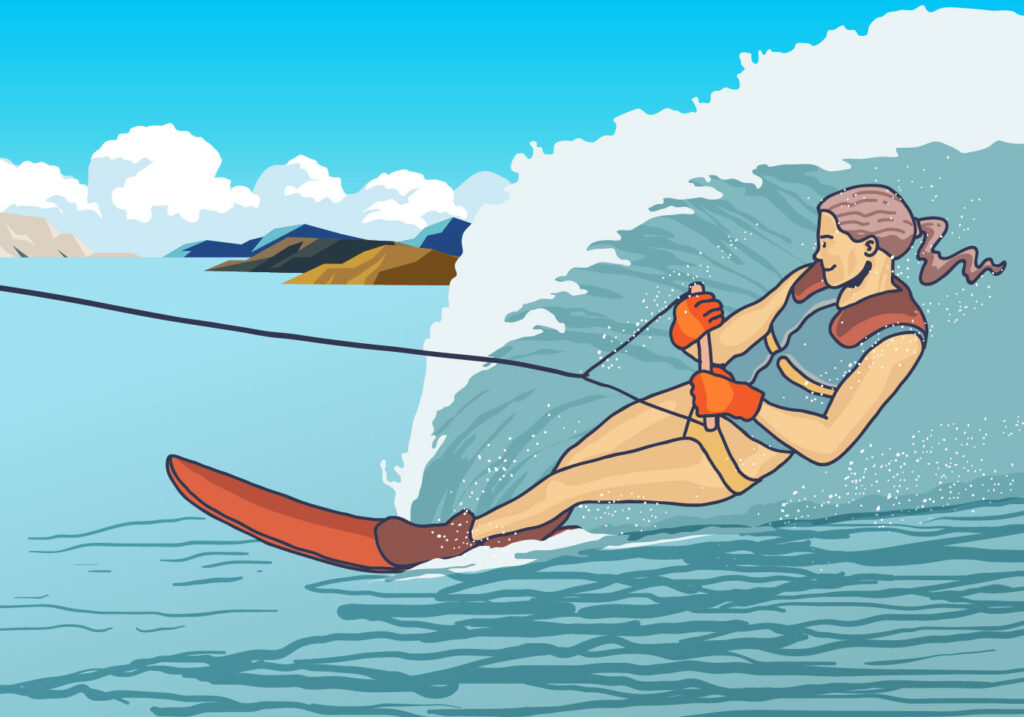You can find quite a lot of scenes in a cabin on YouTube about flying with turbulence. It is the most common situation that may make passengers anxious and uncomfortable in flight. The sudden going up or down is terrifying since you don’t know when it happens and where the airplane goes next time.
So is there a way to predict turbulence? It is not easy to know when it exactly happens unless you already fly into the clouds or a storm. In fact, the turbulence in a clear weather always leads to more serious injury of the passengers, because it can happen without any sign. However, we know some kinds of turbulence more likely to appear around noon when the airplane is flying over a mountain.
Besides, the founder of Safe Flight Choice use his ways to predict the possibility of turbulence. One of his tips is looking outside to check what the sky looks like. If you can see neat cloud in uniform distribution out of the cabin, you can have more confidence to release your seat belt and go to the washroom. On the other side, take care when you see a clear sky with few clouds.
 Less Possibility of Turbulence
Less Possibility of Turbulence
 Higher Possibility of Turbulence
Higher Possibility of Turbulence
As we cannot avoid meeting turbulence completely, the next question is: will serious turbulence turn over an airplane? The lift of the modern commercial airplane mainly comes from the airflow passing by the wings with an angle of attack (the angle between the wings and the flying direction). The principle is like water skiing, the player can float on the water by tilting the skateboard.
The flying of an airplane is the wings skating in the air, the lift increases with the airspeed and the air density. However, the density of the air is unevenly distributed because of the temperature and humidity. The uneven density forms the “waves” in the air. When you are water skiing over a wave at 35 knots, you can expect a big bump. Imagining how severe the bumps are when an airplane is skating over “waves” with a speed of 480 knots.
In fact, the airflow of turbulence is not as strong as you thought, the bumps are mainly caused by the flying speed. Sometimes, the pilot can adjust the flying speed to reduce the vibrations.

Updated on Feb 8, 2021